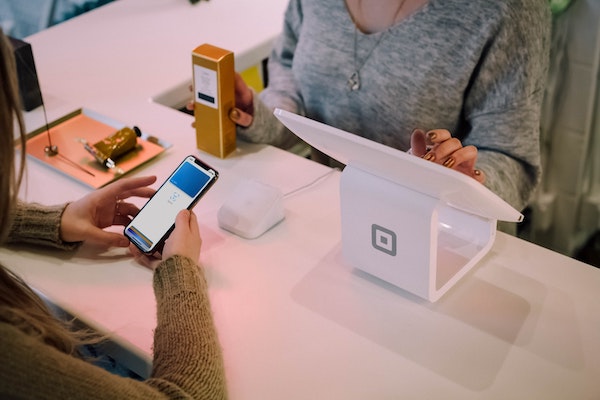The days of linear shopping journeys are over. Today's connected shopper switches channels – and devices – multiple times to complete a single transaction. The key to making that transaction successful is providing a unified experience across those multiple channels or touchpoints, in other words, by providing an omnichannel experience. Unfortunately, most markets across Europe are falling behind when it comes to omnichannel maturity.
To shed light on the ominchannel demand and maturity gap, we surveyed nearly 500 senior retail executives across Europe on their omnichannel challenges, priorities, and areas of investment. For added dimension, we interviewed 3 leading European retailers to add valuable context on how to improve your omnichannel effectiveness. Here's a list of the new study's findings:
- The challenges European retailers face when implementing their omnichannel strategy
- The characteristics that set omnichannel leaders apart from the rest
- Lessons on how retailers can improve their own omnichannel maturity
State of Omnichannel in Europe
While the term ‘omnichannel’ has been used in retail conversations for several years, many retailers struggle with its implementation. In fact, just 14% of retail executives are operating an omnichannel strategy despite the fact that executives, in general, consider omnichannel development a priority.
All surveyed executives recognised the importance of implementing an omnichannel strategy, but there's a reason only a few have fully implemented it so far. Omnichannel is particularly difficult in Europe due to the diverse array of cultural preferences, currencies and languages. Additionally, new regulations like GDPR add a new layer of difficulty to the European market, driving retailers to reevaluate their data capture processes.
Omnichannel leaders, defined in the study as those respondents with advanced omnichannel implementation and good revenue growth, take a long-term and sustainable approach to the issue. They tend to view the strategy as something offering long-term structural gains, such as improving customer lifetime value (53%), rather than increased sales in the short term (43%).

What Sets Omnichannel Leaders Apart?
With many purchases still happening in-store, brick-and-mortar shops are instrumental to the omnichannel customer experience. The role of the physical store, however, is evolving. According to the omnichannel leaders, the value of physical stores will be measured in new ways, namely, by the experiences and services they provide to customers.
For the modern shopper, the store will be a location in which they will be offered personalised experiences and services that can't be replicated online. Creating a meaningful experience isn’t a one-and-done event. Those at the top of their omnichannel game prioritise, and invest in, the continuous optimisation and enhancement of customer experiences. Indeed, even after successful implementation, optimisation must always be a focus to meet those ever-evolving expectations and ensure that the customer continues receiving a targeted, personalised shopping experience.
Questions to Guide Your Omnichannel Journey
In addition to understanding which current behaviours set omnichannel leaders apart, it’s important to understand which practices to consider moving forward. Here are 3 important questions to help guide your omnichannel journey:
- Are your frontline staff empowered to provide personalised customer service? It’s critical to consider the evolving role of the physical store–as well as the evolving role of the store staff who work within it. It is important that the strategy is broken down into clear functions and that store staff are empowered to execute those functions and are rewarded accordingly. In fact, 25% of omnichannel leaders plan to invest in frontline training and development in the coming year alone.
- How are you monitoring customers’ ever-changing expectations? To gain insights, organisations must collect the data and leverage it to drive decisions and find potential growth opportunities that serve the needs of the customer. For a complete omnichannel view of your customer, monitor data wherever possible - that also includes garnering insights from inside the organisation, so don’t forget to leverage your store staff.
- What are you doing to bring customers to your stores? Brick and mortar locations provide value that pure-plays do not: the opportunity to provide individualised, in-person experiences. A successful omnichannel strategy is about blending the physical and digital worlds to provide a unified experience.
For more insights, check out Omnichannel in Europe Today: Lessons from Leading Retailers. The report, which is a collaboration between Coresight Research and Salesforce, is based on insights gleaned from a survey conducted with 470 senior retail executives across Europe, and through expert interviews with leading European retailers.








